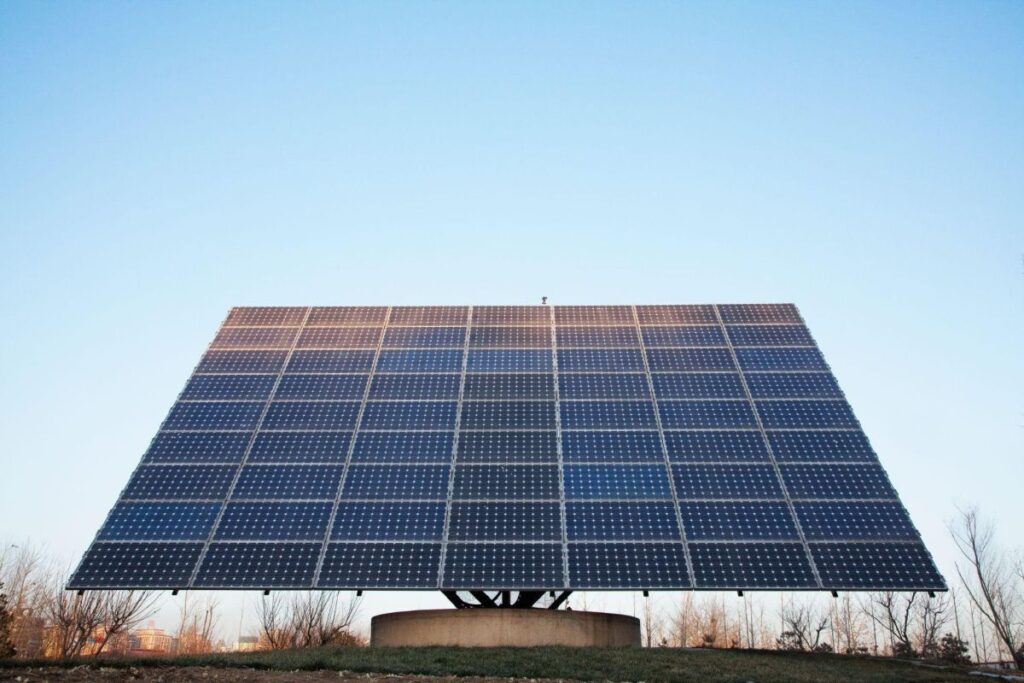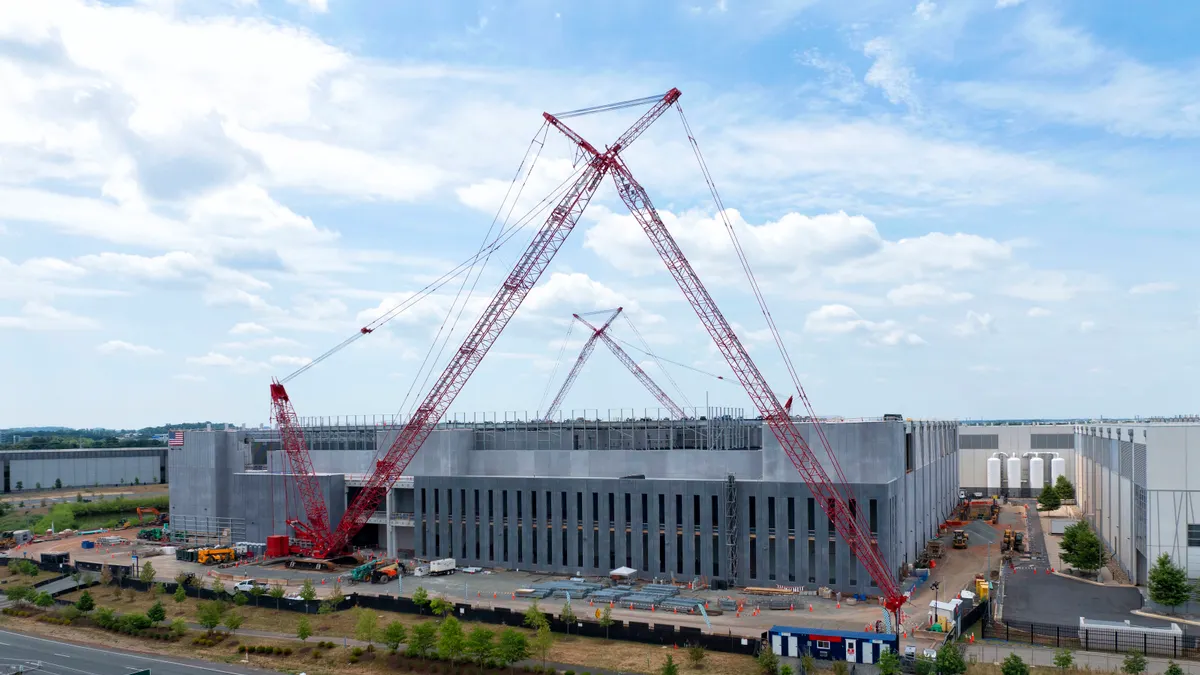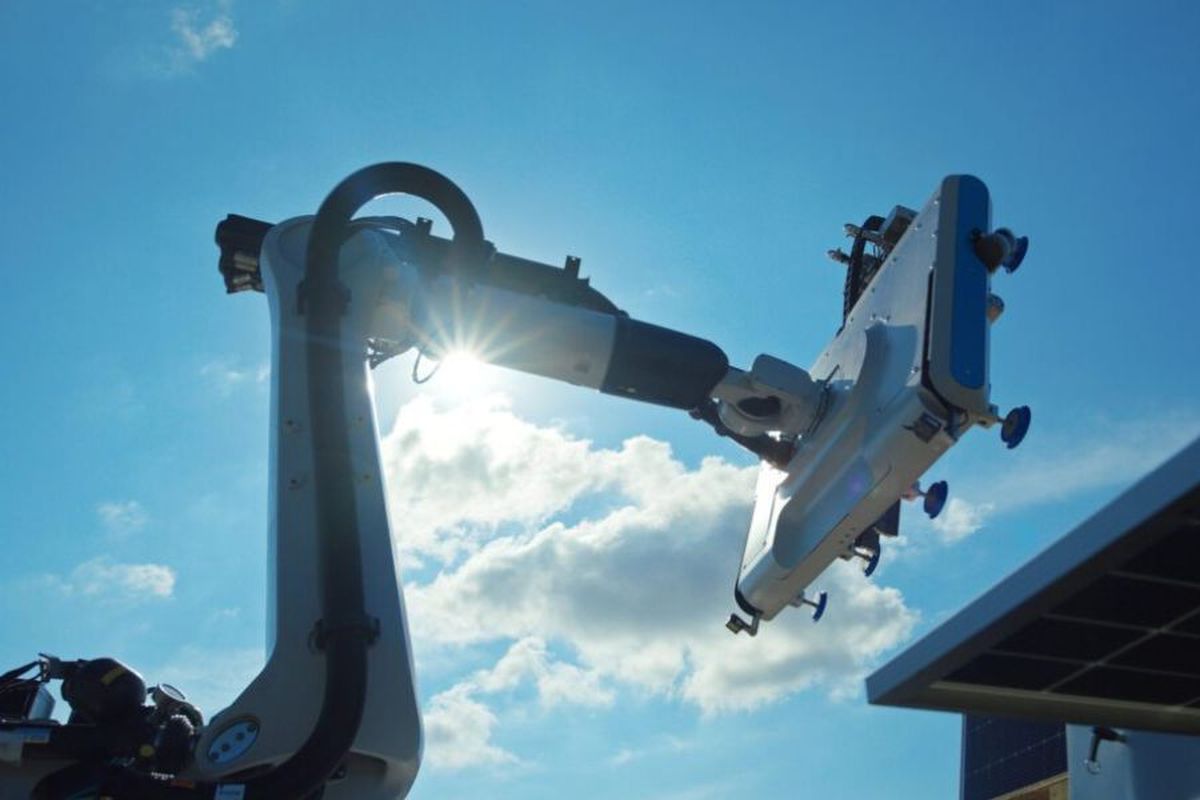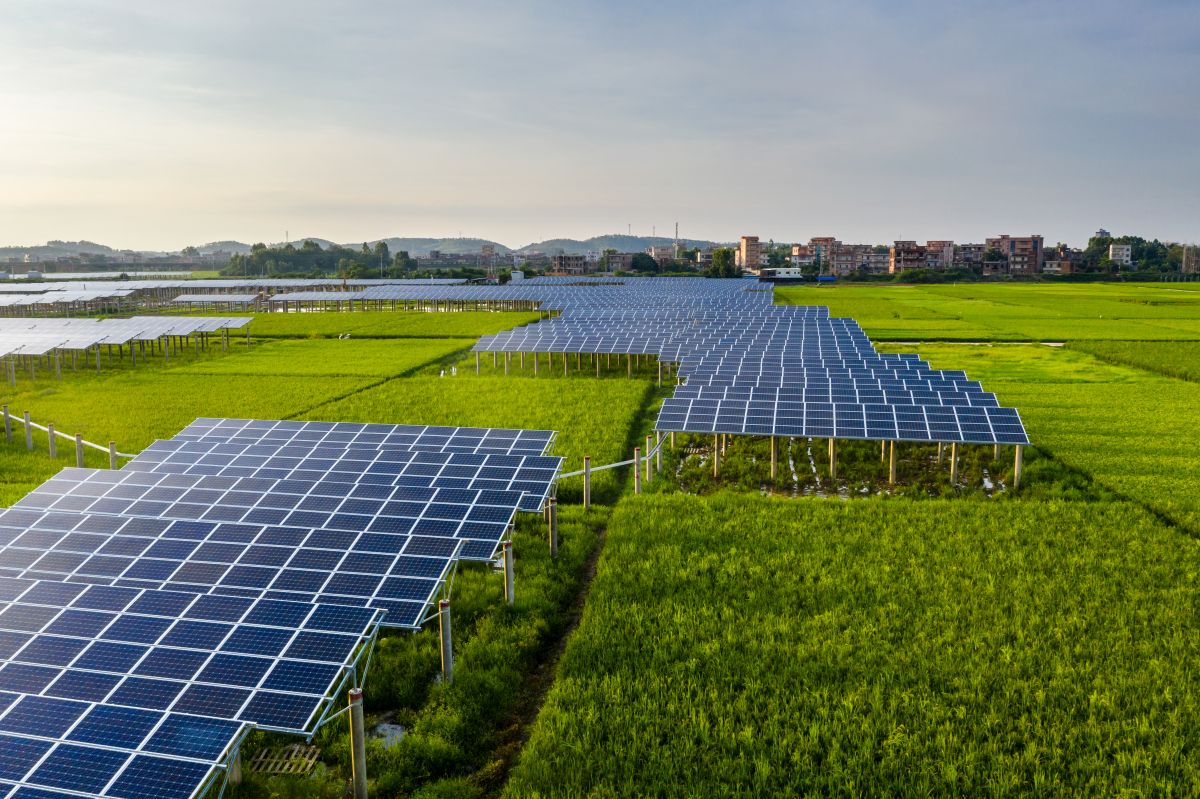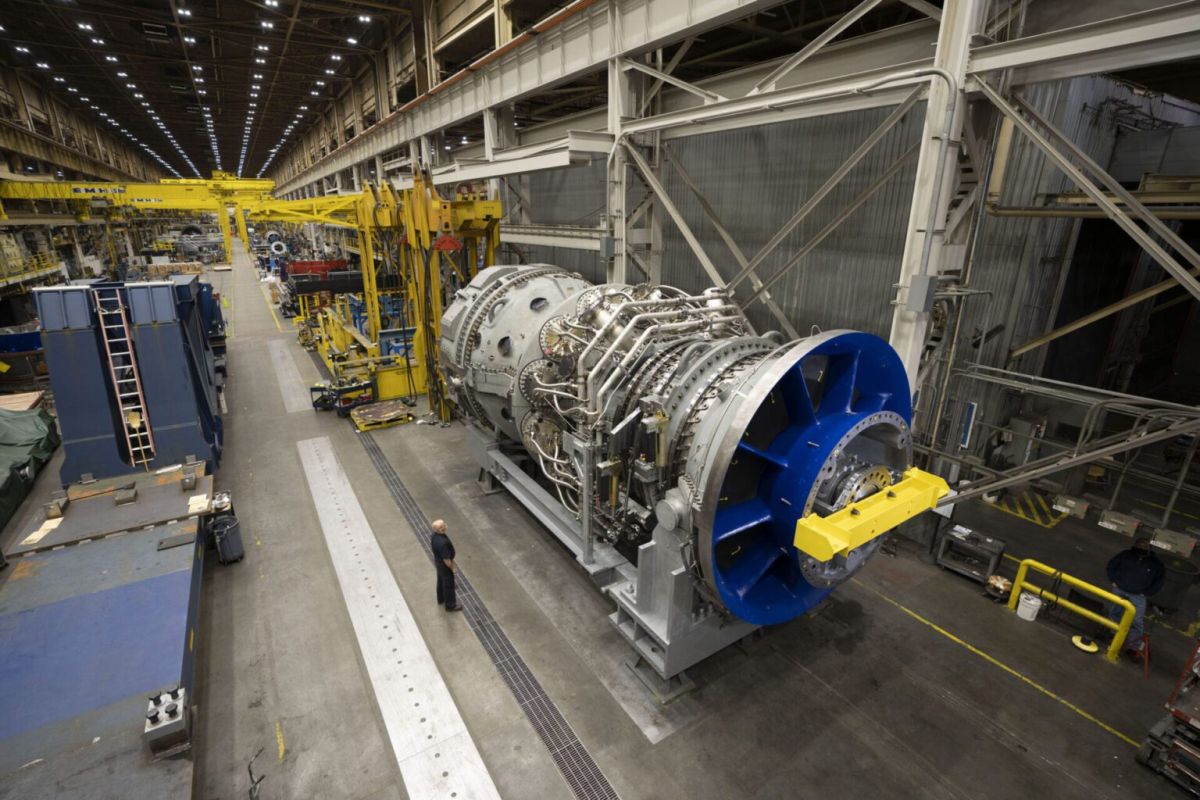WWW.POWER-GRID.COM
In an effort to streamline solar interconnection for solar developers in Northern Illinois, ComEd has unveiled a new new hosting capacity map with “near real-time” data from monthly updates.
“Our updated hosting capacity map provides developers every month with near real-time information about solar projects in the development queue, which is key to identifying the best available location to interconnect their project to our grid,” said Mark Baranek, senior vice president of technical services, ComEd.
In October, ComEd received 2,250 new applications to interconnect with its electric system, which serves more than 4 million customers in northern Illinois. It was the seventh consecutive month with more than 2,000 applications to interconnect with ComEd’s grid, bringing the total applications received this year to 21,952, representing an all-time high for ComEd. Additionally, the 1,976 distributed energy resource (DER) systems that ComEd completed in October represented 42 MW of DER generation capacity, a new one-month record. There are approximately 1,160 MW of DER interconnected to the ComEd system, including 460 MW from residential solar systems, 285 MW from community solar and more than 345 MW from commercial systems. ComEd estimates that solar power on its grid will grow to 2,700 MWs by 2030.
ComEd argues the high volume of solar and other DER, including batteries and electric vehicles, places a priority on providing solar developers access to current hosting capacity data, which is used to estimate the amount of DER that can be safely and reliably accommodated without major upgrades to the ComEd distribution system. ComEd’s hosting capacity maps provide monthly estimates for distribution circuits at 34kV and below that are sourced by a ComEd substation. ComEd also publishes hosting capacity maps for battery energy storage and for electric vehicle (EV) load, and these maps are updated about 20 times per year.
Additionally, ComEd said its hosting capacity maps support the goals of Illinois’ Climate and Equitable Jobs Act (CEJA), which doubles the state’s investment in renewable energy and aims to put Illinois on a path to 40% renewable energy by 2030 and 50% by 2040. CEJA’s incentives for installation of solar include the Distributed Generation (DG) Rebate program for residential and commercial renewable energy facilities. The DG rebate is valued at up to $300 per kilowatt for an eligible distributed generation facility, such as rooftop solar, and up to $300 per kilowatt-hour for an associated energy storage device.
ComEd has paid more than $48 million in DG rebates this year and is on track to pay more than $60 million in 2024. ComEd’s largest DG rebate to date was paid in April to G&W Electric of Bolingbrook, which received rebates of $600,000 for its investments in rooftop solar and $2 million for a battery energy storage system.
Illinois has become one of the hottest markets for community solar. Federal and state legislation has encouraged community solar growth, in particular Illinois’ The Climate and Equitable Jobs Act (CEJA), which was enacted in September 2021. It expanded the state’s community solar category by an additional 250 MW in annual capacity, including 75 MW of new generation to be built in the southern three-quarters of the state (an area served by Ameren Illinois, MidAmerican, Mt. Carmel, and others) and 175 MW of new generation in the northern-quarter of Illinois including Chicago, which is dominated by ComEd.
CEJA also bolstered the budget of Illinois Solar for All (ILSFA), a program incentivizing community solar development to benefit low-income communities through the purchase of Renewable Energy Certificates (RECs).



